In the evolving landscape of digital performance marketing, gaining clarity on how each customer interaction contributes to a conversion is fundamental. Attribution models in Google Ads provide marketers and business leaders with the framework to analyze and assign value across various touchpoints of the customer journey. This guide serves as a comprehensive and professional reference for CMOs, marketing directors, and entrepreneurs seeking to leverage attribution insights for strategic decision-making.
What Is an Attribution Model in Google Ads?
An attribution model in Google Ads is a set of rules used to assign credit for conversions to various ad interactions across the user’s journey. Whether a prospect clicks on a search ad, interacts with a display banner, or views a YouTube video ad, attribution models determine how each of these interactions is valued when a user converts.

In complex omnichannel campaigns, attribution is no longer linear. A single conversion often involves multiple touchpoints across different devices and platforms. Attribution modeling helps business decision-makers evaluate the true effectiveness of each channel and adjust budget allocations, targeting strategies, and bidding accordingly.
As of recent updates, only two attribution models are available in Google Ads: Last-Click Attribution and Data-Driven Attribution (DDA). Google has phased out four rule-based models (First-Click, Linear, Time Decay, Position-Based) to focus on more dynamic measurement standards.
Why Attribution Modeling Matters in Campaign Optimization
1. Identify Influential Touchpoints Early in the Funnel
Attribution modeling empowers marketers to go beyond surface-level metrics and understand the nuanced paths users take before converting. By analyzing which touchpoints initiate engagement—such as a YouTube ad, a Display banner, or a broad-match search keyword—advertisers can identify campaigns that are instrumental in driving awareness. This visibility allows marketing teams to reinvest in the top-of-funnel initiatives that bring quality leads into the sales pipeline. It also informs content strategy, helping brands produce more educational or awareness-stage assets that mirror the touchpoints leading to conversion initiation.
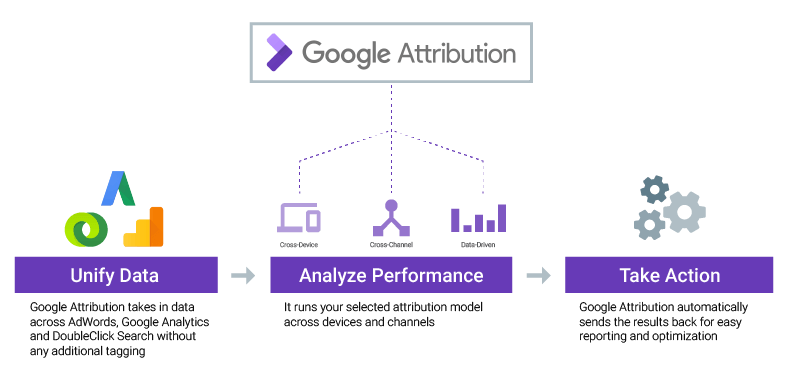
Additionally, early-touch attribution insights help reveal gaps in customer nurturing. If a campaign consistently drives the first click but fails to contribute to conversion, it may signal a need for mid-funnel optimization. For growth marketers and demand generation teams, this is essential intelligence for building holistic funnel coverage.
2. Align Analytics with Business Objectives
Attribution modeling enables marketing performance to be interpreted in the context of specific business goals. A SaaS company, for instance, may want to attribute value across a longer sales cycle with multiple stakeholder engagements. An eCommerce store, on the other hand, may focus on high-intent sessions close to purchase. Selecting the appropriate attribution model—whether last-click for simplicity or data-driven for advanced insight—ensures KPIs align with real customer behavior and internal objectives.
Moreover, attribution modeling supports cross-functional alignment between marketing and finance teams by clearly identifying which channels contribute to pipeline acceleration and revenue impact. This data is foundational for quarterly planning, budget allocation, and resource forecasting.
It also helps resolve internal debates on what marketing tactics deliver the highest ROI, making attribution not just an analytical tool, but also a framework for aligning stakeholders across departments.
3. Optimize Bidding and Budget Allocation
By applying attribution insights, advertisers can refine their bidding strategy to target interactions that consistently lead to conversions, even if those clicks occur earlier in the journey. For instance, if a keyword contributes frequently to assisted conversions, its bid can be increased—even if it doesn’t appear to drive last-click conversions directly. This approach avoids underbidding on valuable interactions and ensures that ad spend supports every critical phase of the user journey.
Attribution modeling also helps identify budget inefficiencies. Campaigns with high last-click attribution but minimal overall contribution to multi-touch conversion paths may be overfunded. Conversely, campaigns that build intent but receive little last-click credit may need more support to maintain volume. Attribution analytics help reallocate funds dynamically based on actual performance, resulting in better return on ad spend (ROAS).
When paired with Smart Bidding and automation, attribution-informed strategies enable advertisers to scale effectively, as Google’s bidding engine uses accurate signals from multiple touchpoints—not just the last one—to drive smarter decisions.
Key Google Ads Attribution Models: Features, Use Cases, and Evaluation
1. Last-Click Attribution Model (Available)
Definition: This model gives 100% of the conversion credit to the most recent ad interaction before a conversion. It does not consider any prior interactions, regardless of how much they may have contributed to the user's decision-making process.
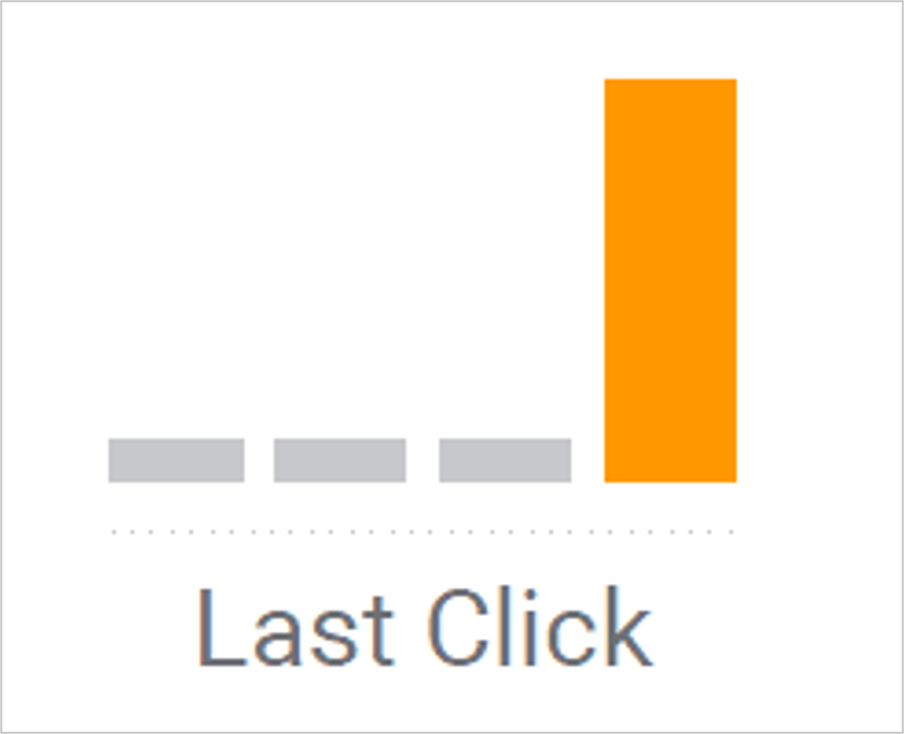
Ideal Use Case: Best suited for businesses with short sales cycles or for products where users typically convert quickly after one or two ad interactions. It is particularly relevant for transactional purchases like on-demand services, fast-moving consumer goods, and flash sales.
Benefits:
- Simple to implement and widely understood across teams.
- Offers a clear snapshot of which ad triggered immediate conversions.
Limitations:
- Ignores earlier touchpoints in the user journey, potentially undervaluing top-of-funnel efforts.
- May lead to budget misallocation by over-prioritizing lower-funnel channels.
Expert Insight: While this model is straightforward, it may distort attribution if your marketing strategy includes upper-funnel campaigns such as video ads or awareness-based search campaigns. It's useful for performance snapshots but insufficient for long-term strategic decisions.
2. Data-Driven Attribution Model (Available)
Definition: Google’s Data-Driven Attribution (DDA) uses machine learning to evaluate how each ad interaction contributed to conversions. It distributes credit based on actual user behavior and conversion data from your account.
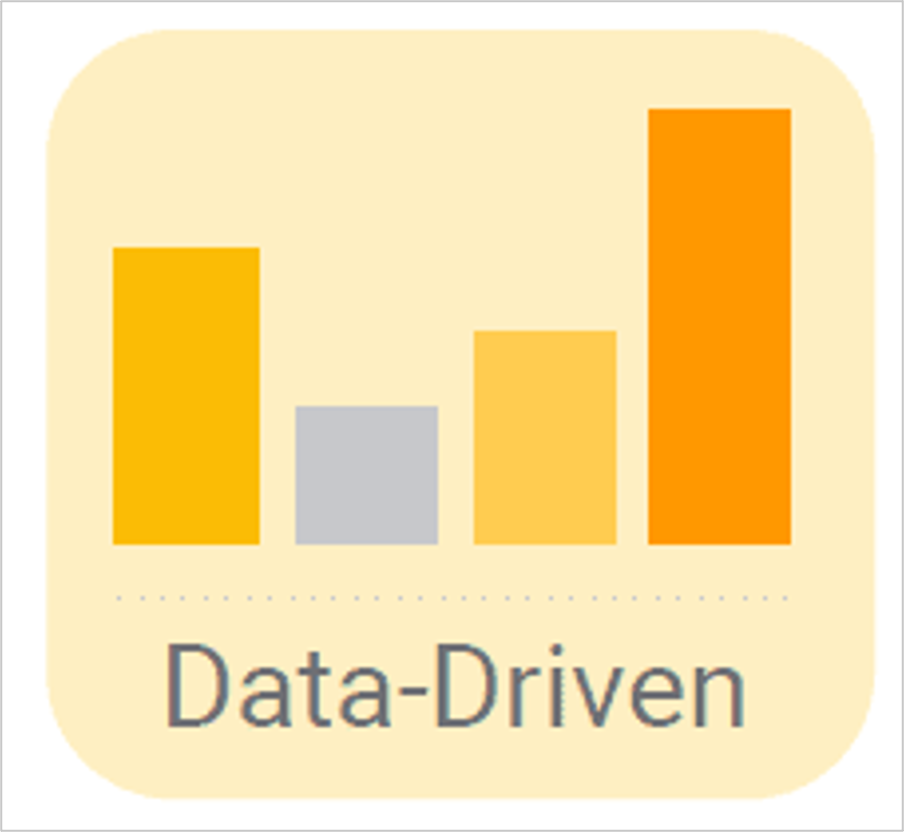
Ideal Use Case: Recommended for mature Google Ads accounts generating a minimum of 300 conversions and 3,000 ad interactions within 30 days. Suitable for advertisers focused on efficiency, multi-touch campaigns, and long-term value optimization.
Advantages:
- Uses historical performance data to model realistic credit assignment.
- Adjusts automatically as new patterns and behaviors emerge in your data.
- Delivers accurate insights into which ads, keywords, and placements influence conversions across the full journey.
Challenges:
- Requires sufficient conversion volume for eligibility.
- Complex to interpret for teams without advanced data literacy or proper tracking infrastructure.
Expert Insight: DDA is considered the most precise and scalable model for advertisers who seek clarity across complex funnels. It aligns well with Smart Bidding and automation strategies, enabling hands-free optimization backed by deep learning algorithms.
3. First-Click Attribution Model (Discontinued)
Definition: This model assigns 100% of conversion credit to the first ad interaction that initiated the user's journey, ignoring all subsequent touchpoints.
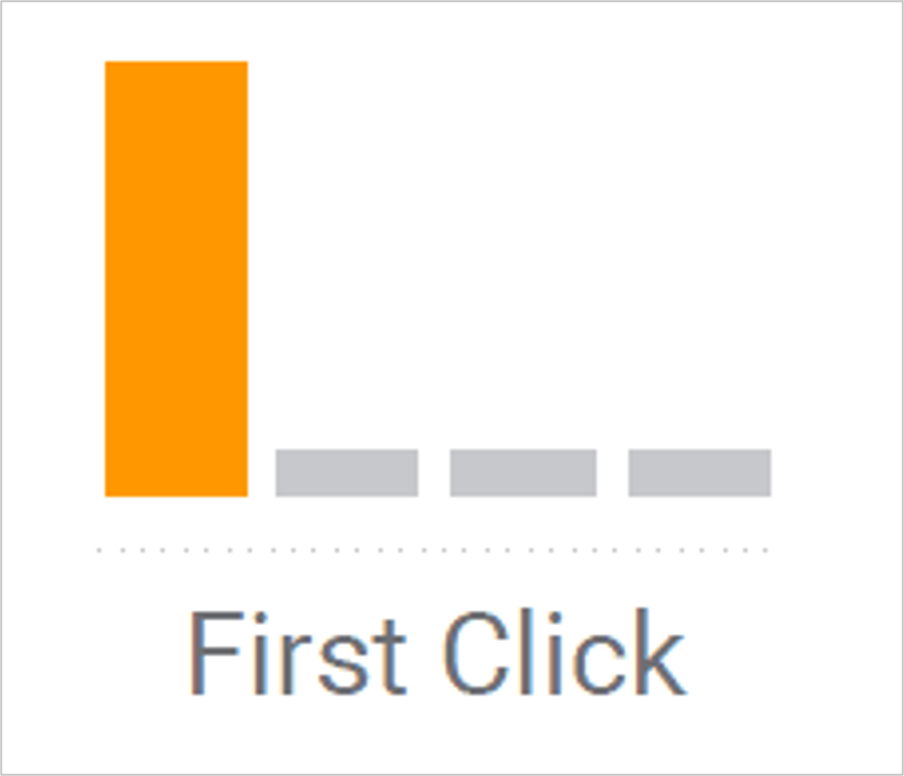
Ideal Use Case: Previously recommended for campaigns focused on brand awareness, or businesses interested in measuring the impact of initial exposure.
Strengths:
- Useful for identifying channels or campaigns that introduce users to the brand.
- Offers insight into the origin point of customer journeys.
Weaknesses:
- Fails to account for nurturing and retargeting efforts that influence final conversion decisions.
- Can exaggerate the importance of broad, top-funnel campaigns.
Expert Insight: Although no longer supported in Google Ads, the first-click model highlighted the significance of brand-building campaigns. Alternative measurement tactics such as assisted conversions and conversion path analysis are recommended to capture this influence.
4. Linear Attribution Model (Discontinued)
Definition: Distributes conversion credit equally across all touchpoints in the user journey. If five interactions occurred, each one received 20% of the credit.
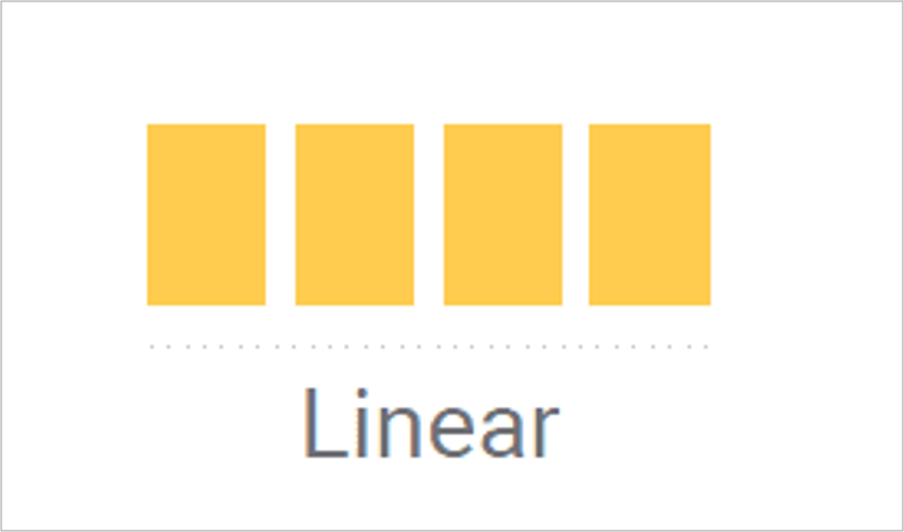
Ideal Use Case: Suitable for marketing strategies where every step in the funnel contributes equally to guiding the customer toward conversion.
Strengths:
- Promotes visibility into the entire customer journey.
- Avoids overvaluing a single touchpoint.
Weaknesses:
- Oversimplifies complex customer behaviors.
- Does not distinguish between low-impact and high-impact interactions.
Expert Insight: While this model encouraged balanced attribution, its removal from Google Ads reflects the industry’s shift toward behavior-based modeling and away from static rules.
5. Time Decay Attribution Model (Discontinued)
Definition: Gives more credit to interactions that happened closer in time to the conversion. Older interactions receive less credit based on a 7-day half-life.
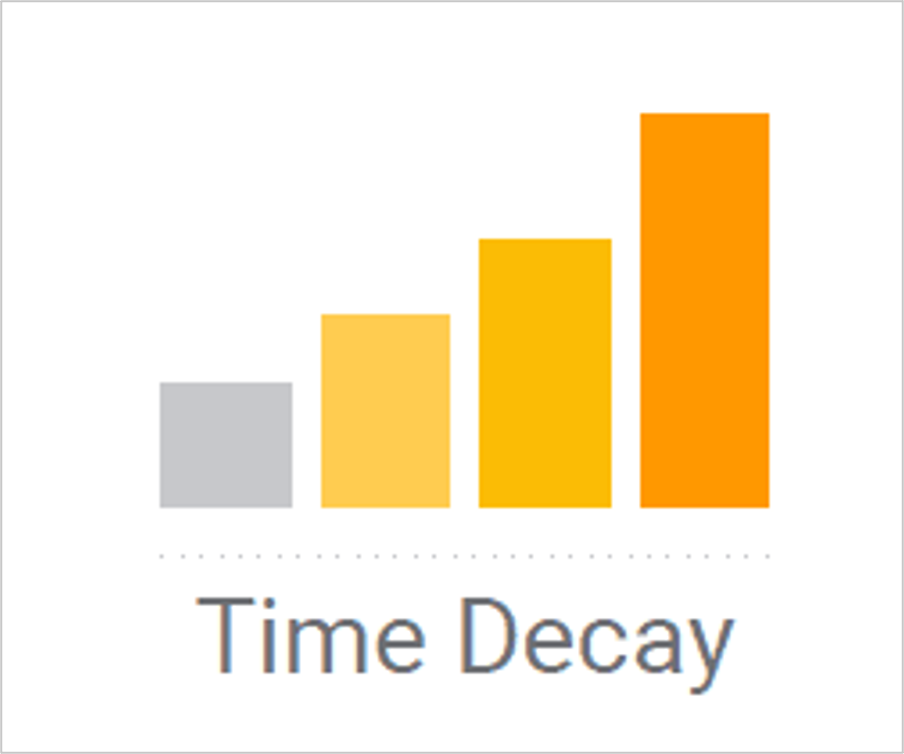
Ideal Use Case: Effective for short-term promotional campaigns where timing significantly influences purchase decisions.
Benefits:
- Acknowledges recency as a factor in conversion.
- More realistic than last-click in recognizing multiple touchpoints.
Drawbacks:
- Potentially undervalues awareness efforts or mid-funnel contributions.
- Can lead to strategic bias toward short-term tactics.
Expert Insight: While insightful for analyzing seasonal behaviors or remarketing impact, the model’s limitations in capturing long-term influence led to its sunset in favor of data-driven methods.
6. Position-Based Attribution Model (Discontinued)
Definition: Also known as the U-shaped model, this approach gave 40% of conversion credit to both the first and last interactions, and the remaining 20% was split among any middle interactions.
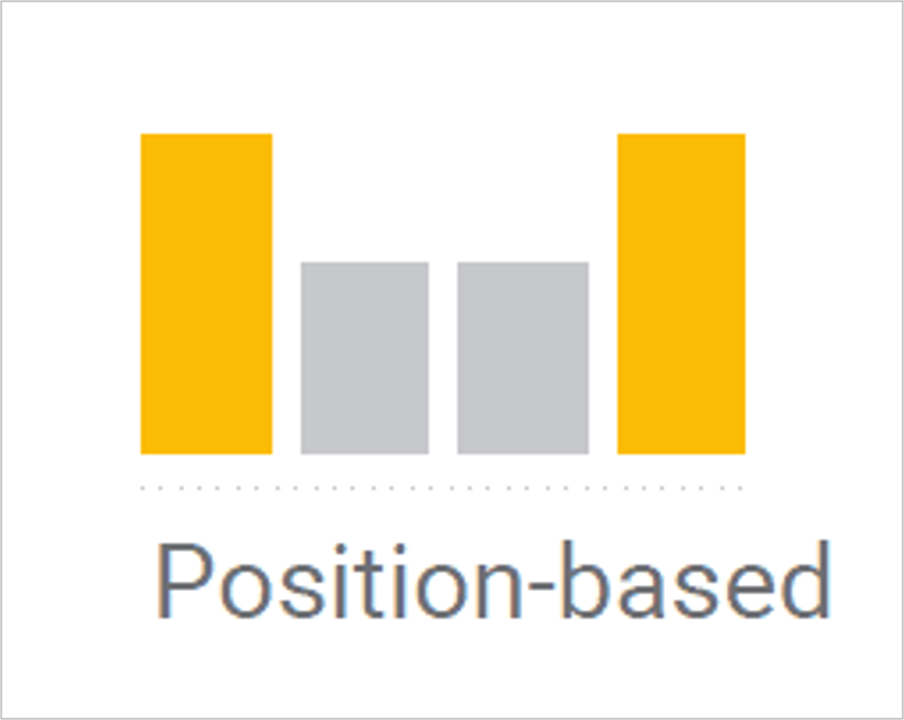
Ideal Use Case: Used by marketers who believed initial engagement and final touch were equally important in the conversion path.
Positive Attributes:
- Emphasized awareness and closing phases of the funnel.
- Offered better representation than single-touch models.
Constraints:
- Arbitrary credit distribution not based on user behavior.
- Often misaligned with actual influence of intermediate steps.
Expert Insight: Although phased out, this model contributed to the understanding of dual-impact strategies. Today, marketers are encouraged to use behavioral analytics or DDA to quantify these roles more effectively.
How to Choose and Implement the Right Attribution Model
Step 1: Analyze Conversion Patterns
Evaluate your sales cycle. Are users converting after one click or multiple interactions over several days? This analysis helps determine whether last-click attribution is sufficient or if a more nuanced approach is needed.
Step 2: Use the Model Comparison Tool
Google Ads offers a built-in Model Comparison feature under the “Attribution” tab. Use this to evaluate how metrics like conversions, cost-per-conversion, and assisted conversions change under different attribution models. This allows you to test before switching live settings.
Step 3: Set the Attribution Model Per Conversion Action
Go to Tools & Settings → Conversions → Select a conversion action → Edit Settings → Attribution Model. Here you can change the attribution model used for that specific conversion event.
Step 4: Monitor Performance After Switching
Once a new model is implemented, allow for a learning period. Track changes in key KPIs such as CPA, conversion volume, and impression share. Avoid making reactive decisions within the first two weeks—let machine learning optimize.
Enhancing Outcomes with Data-Driven Attribution
Adjust Bids Based on Multi-Touch Impact
Leverage the data-driven model to see which ad groups or keywords support conversions further up the funnel. Increase bids on these assistive components to maintain strong performance at scale.
Apply Smart Bidding Strategies
DDA integrates seamlessly with Smart Bidding strategies like Target CPA and Target ROAS. This pairing allows for automated bid adjustments based on real-time auction signals and the true impact of each interaction.
Evaluate Value Beyond Last Click
Shift reporting metrics to include assisted conversions, conversion paths, and attribution timelines. Use these insights to adjust messaging, keyword strategy, or funnel sequencing across Google’s ecosystem.
Establish Attribution Governance
For larger organizations, create internal documentation defining how attribution models are applied to reporting, forecasting, and budgeting. This ensures consistency across teams and avoids siloed interpretations of performance data.
Conclusion
In Google Ads, attribution modeling is no longer just a technical setting—it’s a core strategic element. By understanding the strengths and limitations of each attribution model, marketing teams can design campaigns that reflect how users actually engage with their brand. Data-driven attribution, in particular, empowers organizations to make confident, insight-led decisions that optimize performance across the entire funnel.
For marketing leaders navigating increased competition and tighter performance goals, attribution clarity will be a decisive factor in campaign profitability and strategic success.





